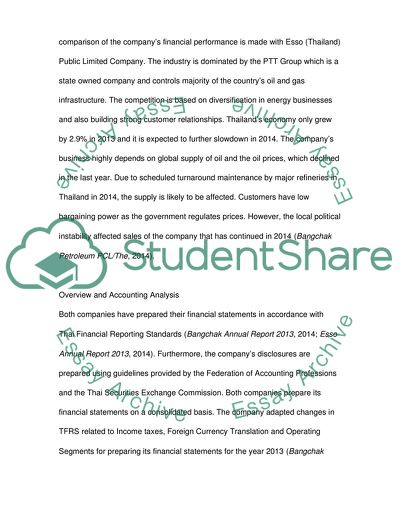Cite this document
(“BangChak and Esso Essay Example | Topics and Well Written Essays - 2000 words”, n.d.)
BangChak and Esso Essay Example | Topics and Well Written Essays - 2000 words. Retrieved from https://studentshare.org/finance-accounting/1647488-bangchak-and-esso
BangChak and Esso Essay Example | Topics and Well Written Essays - 2000 words. Retrieved from https://studentshare.org/finance-accounting/1647488-bangchak-and-esso
(BangChak and Esso Essay Example | Topics and Well Written Essays - 2000 Words)
BangChak and Esso Essay Example | Topics and Well Written Essays - 2000 Words. https://studentshare.org/finance-accounting/1647488-bangchak-and-esso.
BangChak and Esso Essay Example | Topics and Well Written Essays - 2000 Words. https://studentshare.org/finance-accounting/1647488-bangchak-and-esso.
“BangChak and Esso Essay Example | Topics and Well Written Essays - 2000 Words”, n.d. https://studentshare.org/finance-accounting/1647488-bangchak-and-esso.


